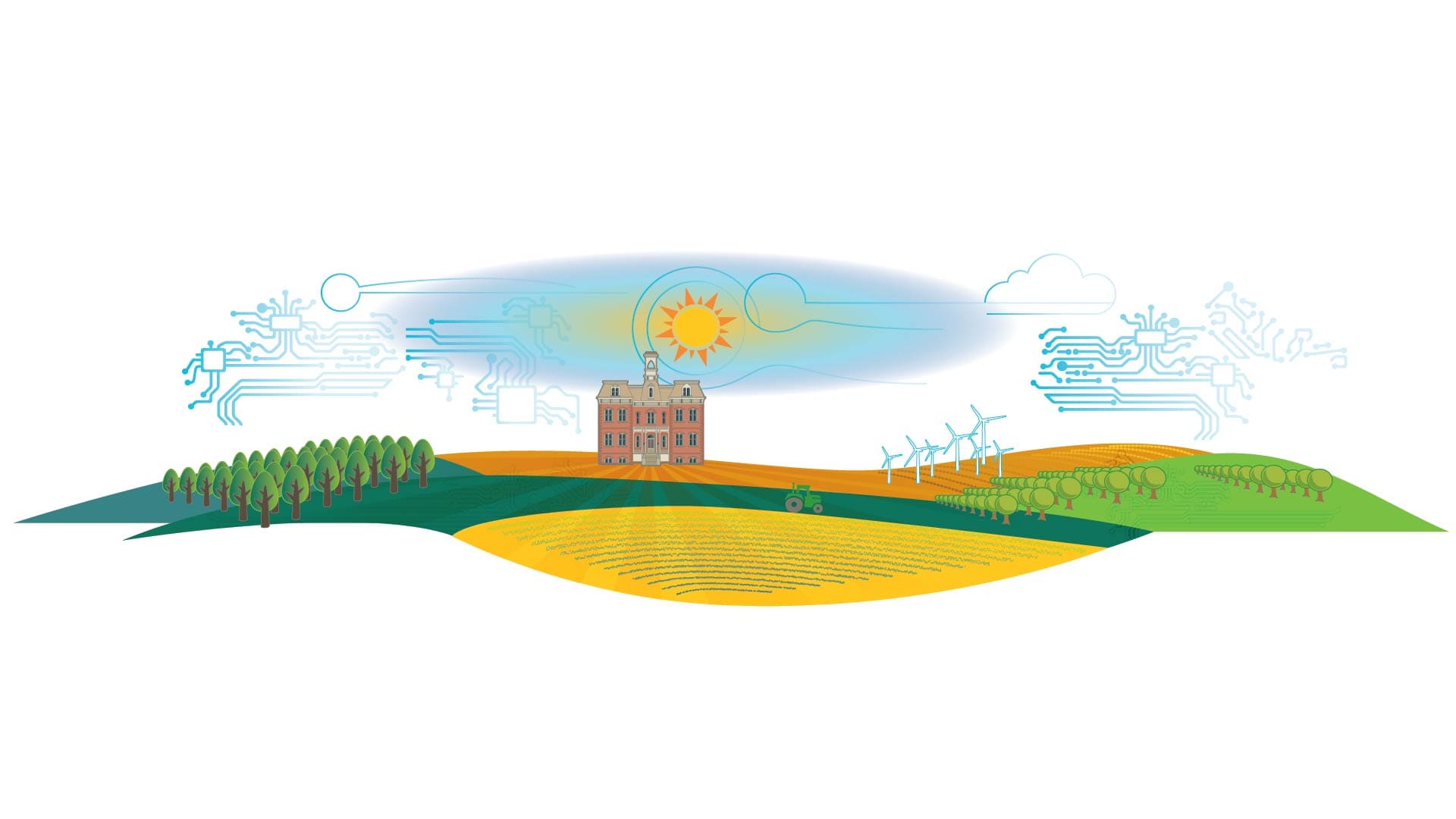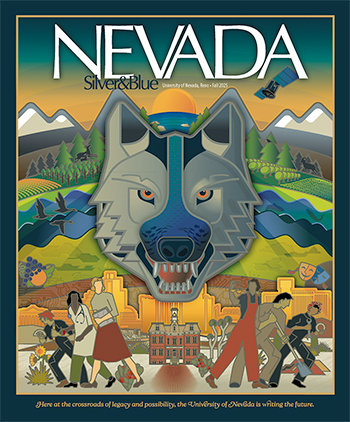Closing Nevada’s health care gap
As Nevada grows, so do its health care needs — and the urgency is clear. In 2023, the state had just 190.2 direct patient care physicians per 100,000 residents, ranking 48th among U.S. states. Nearly 70% of the population lives in federally designated primary care Health Professional Shortage Areas (HPSAs), and 86.9% live in mental health HPSAs.
Recognizing this challenge, the Nevada System of Higher Education Board of Regents approved a landmark affiliation in 2021 between the University of Nevada, Reno School of Medicine (UNR Med) and Renown Health. The partnership was designed to expand clinical research, train the next generation of physicians and improve access to care across both rural towns and urban centers — a mission that has only grown more vital in the years since.
Through Project ECHO, the School of Medicine connects primary care providers with specialists through virtual clinics. This telehealth approach helps doctors in rural and underserved areas gain specialty knowledge, so patients can receive expert care close to home — without long waits or costly travel.
Collectively, medical residents provide hundreds of thousands of hours of patient care each year, directly benefiting families across northern Nevada. Since partnering with Renown, UNR Med launched northern Nevada’s first Pediatrics Residency Program, now training 12 residents, with its first graduate remaining in the community. The Psychiatry Residency Program has added eight positions, boosting local mental health care capacity. The University’s residency programs are helping keep talent in state — with 59% of graduates from 2014 to 2023 choosing to practice in Nevada after completing their training.
The workforce pipeline is expanding too. The Physician Assistant Program, launched in 2018, now ranks 21st in the nation. The program accepts 24 students each year. At the Orvis School of Nursing, growth is more than a goal — it’s a necessity. Annual nursing admissions have grown from 184 in 2023 to 192 in 2024, with a target of 256 by 2027 — a 39% increase in just four years. This surge reflects both demand and capacity, as Orvis graduates consistently rank among the nation’s top performers on licensure exams — proving they are ready to deliver safe, high-quality care from day one.
Together, these efforts are addressing Nevada’s health care gap not only in numbers, but in quality — ensuring more Nevadans can access the care they need, when and where they need it.

 In the summer of 1889, just south of the Truckee Meadows, botanist Fred Hebard Hillman walked among sunlit orchards. He wasn’t just tracking the codling moth — its larva better known as the “apple worm” — he was laying the foundation for a University rooted in curiosity and service. Through careful observation and meticulous records, Hillman sought solutions for Nevada farmers whose livelihoods hung in the balance from each fruit-laden tree.
In the summer of 1889, just south of the Truckee Meadows, botanist Fred Hebard Hillman walked among sunlit orchards. He wasn’t just tracking the codling moth — its larva better known as the “apple worm” — he was laying the foundation for a University rooted in curiosity and service. Through careful observation and meticulous records, Hillman sought solutions for Nevada farmers whose livelihoods hung in the balance from each fruit-laden tree.